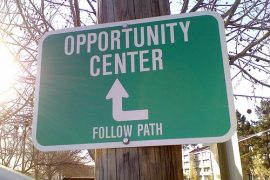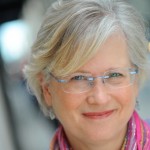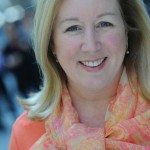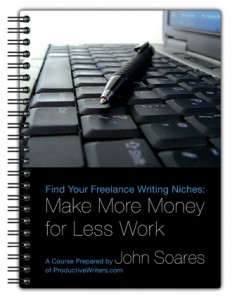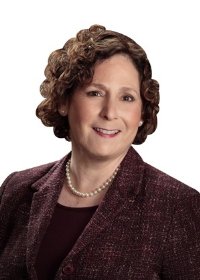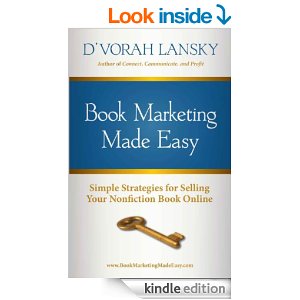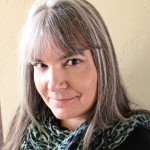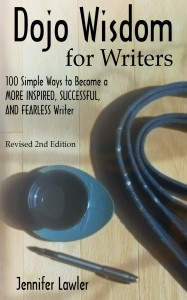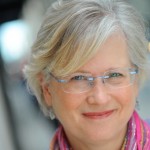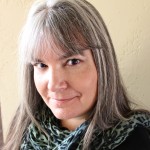I’ve shared about this little quirk I have on Facebook and to my friends and family, but this is the first time I’ve ever written it down. And I’ll admit it. I’m a little nervous. Either I’m going to come off looking like a total weirdo or like the adorable, kooky geek that I feel like. I’m hoping it’s the latter, but if it’s the first, please be kind.
Here goes.
I personify numbers.
You read that right. In my mind, the digits 1 through 9 not only have genders and personalities and ages — they have relationships. Yep, there’s a whole nursery book of stories going on in my head when numbers cross my mind. And, strangely enough, great kiddie lit didn’t put this idea in my head.
This phenomenon is called ordinal-linguistic personification. (It has a name!) And a definition: it is the automatic process of assigning personalities to sequential linguistic units–including letters, numbers, months, days and more. This is a subset of the larger condition called synesthesia, in which the senses, words, colors and other incongruous experiences all meld together. Someone with synesthesia might “taste” colors or see bright hues in letters.
Me? I have always known numbers to have personalities. Like for as long as I can remember.
Let me introduce you to the family:
0 is god-like. It has no gender but is recognized as the spiritual guide of all of the other numbers.
1 is male and very passive. He’s middle aged, perhaps the patriarch of the number family.
2 is female and extremely bossy. Married to 1, she is the matriarch of the number family.
3 is male and a loner. He’s somewhat angry, but he generally keeps to himself.
4 is female. She’s sweet and easy to get along with, but she will stand up for herself. Her brother is 3.
5 is female and bossy. She particularly likes to tell 4 what to do, but in a sisterly way.
6 is male and passive. He’s married to 4, who is head over heels in love with him.
7 is male and neutral. Like 3, he’s a bit of a loner, but he’s not angry.
8 is male and friendly. He’s particularly fond of 4 but in a brotherly sort of way.
9 is male and sneaky. He doesn’t get along with anyone but 3.
Multi-digit numbers, like 10 or 99, also have personalities, largely based on the personalities of the single digits. So 99 is super-duper sneaky, while 64 is a really trustworthy, happy number.
It took me years and years to admit that I see numbers this way. When I was in my 20s, my uncle fessed up that he does the same thing. That’s an interesting fact, because synesthesia runs in familiesand is passed down maternally. More women than men have this characteristic, and more lefties than righties. (I’m a righty, by the way, but my uncle is a lefty.)
I also do something like this with calendars. Months and weeks don’t have personalities, but the annual calendar has always followed a very distinct shape in my mind. It’s a wavy kind of oval–almost like the path on the Candy Land game board–made up of large blocks (months) divided into rows (weeks). At any given time of the year, I can immediately call to mind where we are on my visual calendar. This helps me estimate times and remember dates.
Clearly I’m a very visual thinker, eh?
So what does this have to do with math? I have no idea. This quirk doesn’t help me memorize strings of numbers — from telephone numbers to bank PINs — easily at all. And I’m guessing that it hasn’t been particularly helpful in learning some math facts, like multiplication tables. (Is that why I can’t remember that 6 • 7 = 42? Both 6 and 7 are male, but 4 and 2 are female. I don’t know why that doesn’t compute, but there you have it.)
But it has been a boon to my daydreaming. When I’m writing algebraic equations for a curriculum development assignment, the results might end up as little stories, simply based on the numbers I choose. Certainly this is where the math and writing has come together.
So how about you? In your mind, do numbers have personalities? If so, would you be willing to share about it? What do you think of how numbers look to me? Or do you see abstract ideas, like letters or dates, in some similar fashion? I’d really love to hear from you in the comment section. (Please assure me I’m not alone!)




